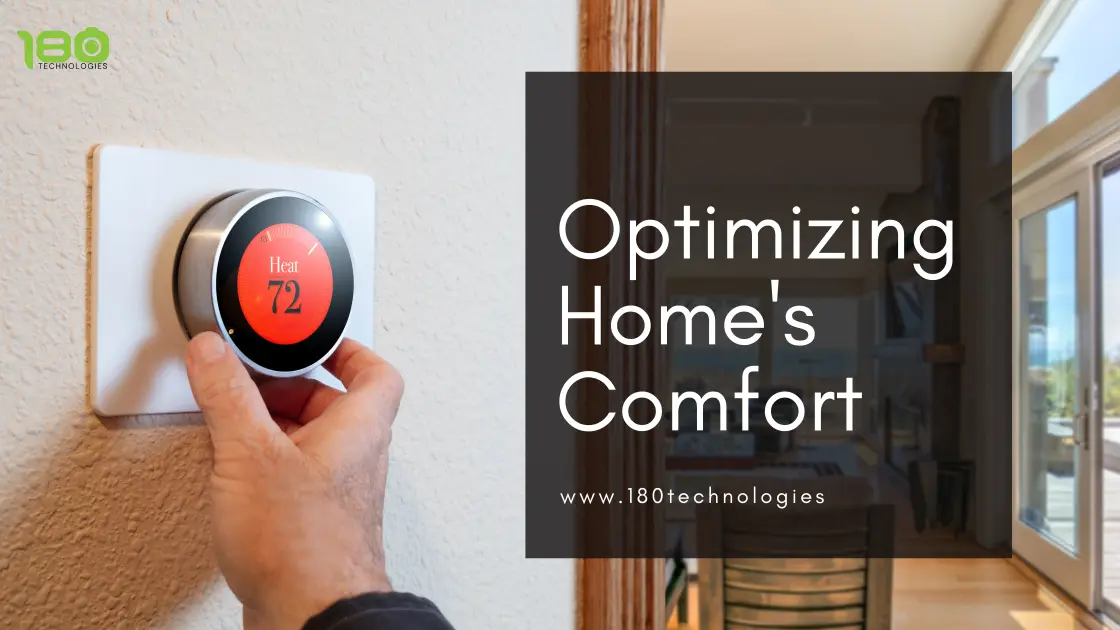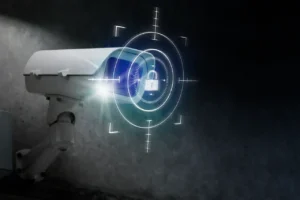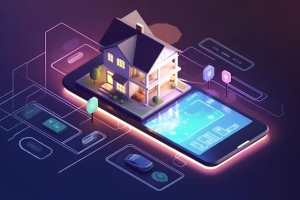A smart home climate control system regulates the microclimate in your home and coordinates the operation of all systems, including heating, ventilation, air conditioning, air purification, and humidification, to provide the most comfortable conditions for you. At the same time, it prohibits the simultaneous operation of an air conditioner for cooling and a heating system.
Characteristics of Climate Control Systems
1. Zoning of Premises
180 Technologies climate control systems allow you to create individual microclimates for different areas of your home. Depending on the house area designation, time, or the presence/absence of people, an appropriate temperature mode will be activated.
2. Ventilation System
The 180 technologies climate control systems automatically monitor carbon dioxide levels on the premises. When a threshold is reached, the system activates ventilation and sends a notification to your phone.
3. Air Humidity
Control the air humidity level from your smartphone or have the system do it for you.
If the humidity level falls or rises below or above the threshold you specified, the climate control system will automatically restore the level that is comfortable for you.
4. Clean Air
Smart cleaners keep the air clean and safe. You will have no problems with dust and pet allergies. Adjust the cleaner’s operation schedule to suit your needs, and enjoy the fresh air in your home.
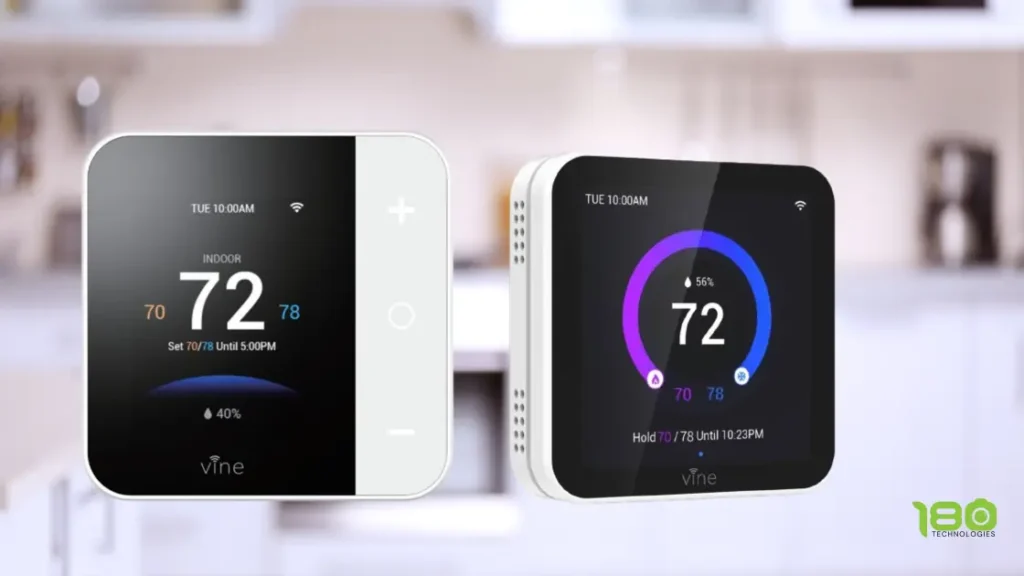
5. Home Weather Station
A home weather station tracks changes in the weather. Based on its data, the system automatically adjusts to outdoor conditions, preparing your home for cold or hot weather. Always pay attention to the weather.
6. Heating in a Smart Home
Controlling the heating mode of the house allows you to save up to 30% on electricity. If you leave your house, activate the “Energy Saving” mode to keep the temperature at a minimum. If you use your smartphone, tablet, or regular phone to activate the “Comfort” mode, the house will warm up to the desired temperature before you arrive home. Furthermore, the system can change modes depending on the time of day.
7. Heating Radiators and Floor Heating
The system also controls heating radiators to ensure that each room has a comfortable temperature. While you’re away, the system automatically switches to power-saving mode, which can significantly reduce energy consumption. At night, the heating will be turned off or reduced to a minimum level.
8. Intelligent Fan Coil Control
Our system allows you to adjust the intensity of fan coil unit operation and create custom modes for them.
9. System Interaction
Climate control systems are interconnected and can support or complement one another.
For example, underfloor heating can be used as an alternative/supplementary mode of overall home heating. Radiators, fan coil units, and air conditioners are combined into a single system to provide the desired temperature conditions throughout the house.
10. Equipment Operation Control
Climate control systems are interconnected and can help or complement one another.
For example, underfloor heating can be used as an alternative/supplementary mode of home heating. Radiators, fan coil units, and air conditioners are combined into a single system that maintains the desired temperature throughout the home.
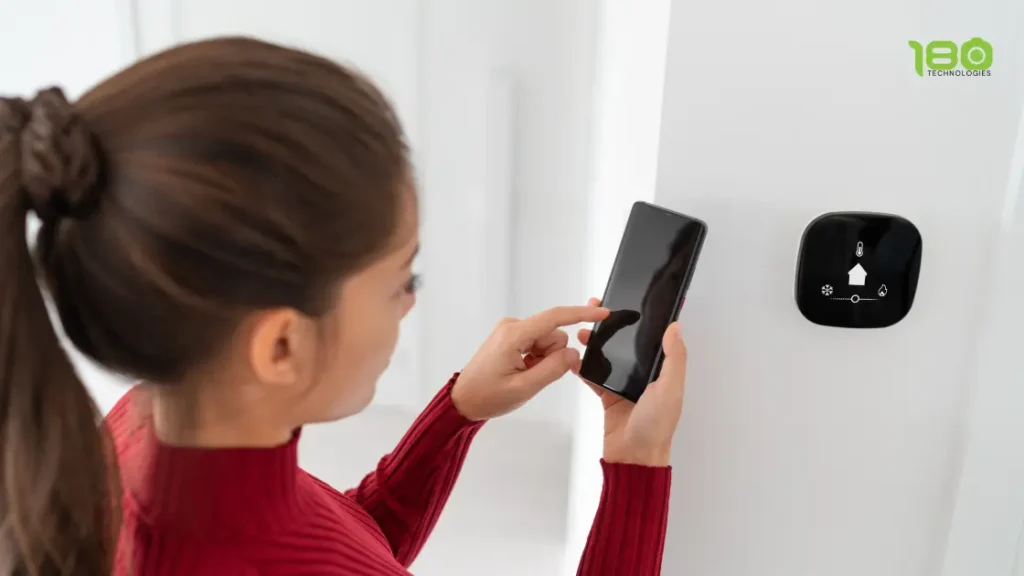
In conclusion, a smart home climate control system offers seamless management of your home’s microclimate, ensuring optimal comfort by coordinating heating, ventilation, air conditioning, and air purification. The system intelligently prevents conflicting operations, like running an air conditioner and heating system simultaneously. With zoning capabilities, you can create tailored environments for different areas of your home, adjusting temperatures based on room use, time, or occupancy.
Additionally, 180 Technologies’ climate control systems excel in automated ventilation by monitoring carbon dioxide levels and activating fresh air circulation when necessary. These systems also regulate humidity, either automatically or via your smartphone, ensuring the air remains at your preferred comfort level.
Clean air is another priority, with smart air cleaners reducing dust and allergens. You can schedule the cleaner’s operation to suit your lifestyle, guaranteeing a fresh and healthy indoor environment. With a home weather station, you can track your home’s environmental conditions in real-time, further enhancing your smart home experience.
Embrace the future of living with a smart home climate control system that prioritizes your comfort and well-being.

